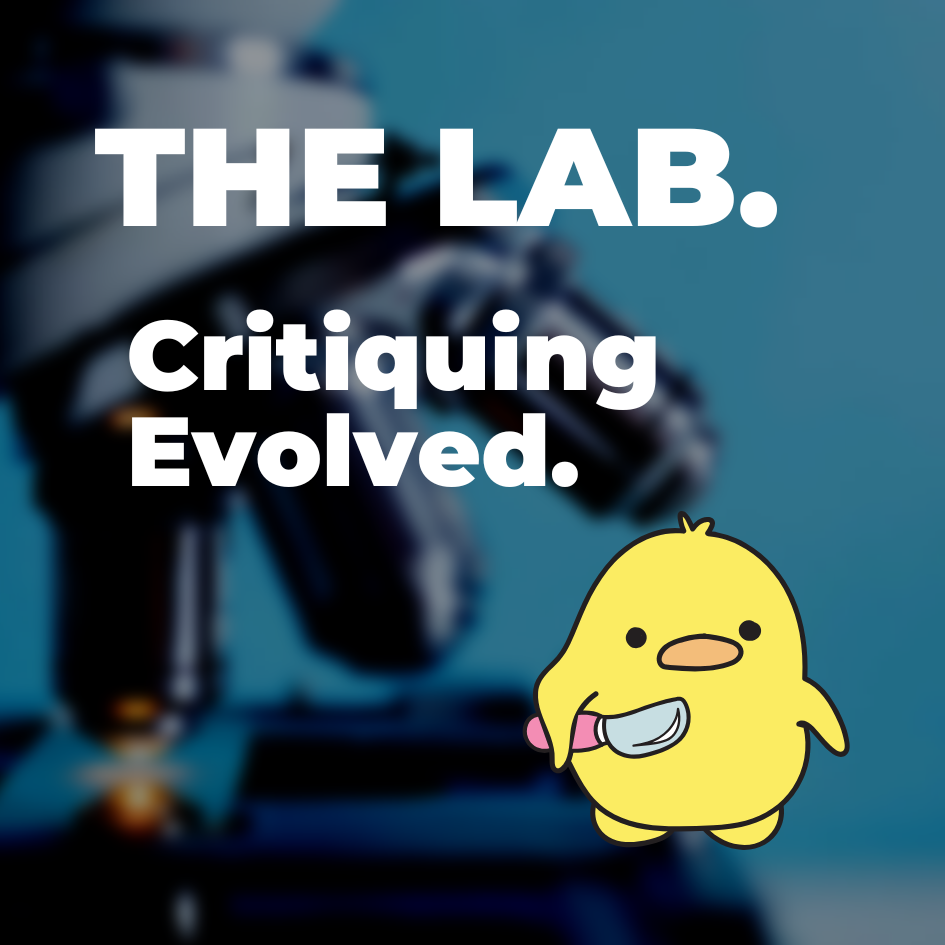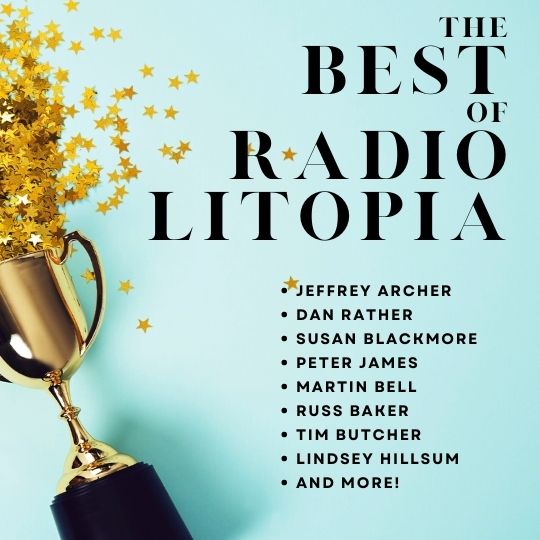C
Carol Rose
Guest
World Building and Description
We’ve already talked about Setting and Story Plotting. Now let’s move on to world building and description. I believe discussing these topics together is useful since they’re so closely related. It’s hard to do one without also doing the other. They also both go hand in hand in with setting, and to a certain extent, plotting. Let’s explore why.
In setting we talked about letting readers know the time and place for your story. We also talked about the Big Five – What, Where, When, Why, and Who. We discussed using the time and place to ground your readers in whose head they’re in, where they are, when they are, why they are there, and what’s happening in the moment.
By doing this, you’re also building your story’s world. You’re describing key moments or presenting meaningful dialogue to accomplish this grounding, and to make sure your readers know the time and place for your story.
When we talked about plot, we zeroed in on certain methods. There are many, but at the heart of each of them are a few key points. Know your genre, as certain ones have reader expectations for the complexity and substance of your plot and use of sub plots. Use at least a basic outline to help you stay on track and not wander too far off the main story. Make sure there is a causal relationship between what the characters say and do, and what happens in the plot.
Your plot is something to keep in mind when building your story’s world and adding description to enhance that world. Obviously you want these elements to drive your plot forward, not detract from it. You don’t want to risk confusing your reader.
An example of this confusion might be filling pages and pages with detailed description of a lake or a grove of trees, but the character’s purpose for being at that lake or in that grove of trees is never made clear. It’s simply there so you can use a few flowery turns of phrase you read somewhere, and thought they’d sound awesome. Or because you were stuck on what to write, and believed describing the scenery down to the blades of grass was a good idea.
As with everything else we’ve discussed in these Craft Chat posts, any world-building or description you write must serve a purpose, or it doesn’t belong in the story. It should enhance your plot, your setting, and your character’s goals, motivation, and conflict. Not detract from them. You don’t want the description to take on a life of its own so that it becomes the story. You also don’t want to bore your readers to death, or hit them over the head with the details of the world building.
So let’s talk first about world building. What exactly is it? Simply put, it’s you as the author building a world for your readers. Who is in this world? Why are they there? What roles do they play? Remember that your readers will never know your characters the way you do. It’s your job as an author to make them care so much they can’t stop turning pages to see what happens to those characters.
But we don’t only read a story to find out what happens to people in a vacuum. We want to know their entire world. Where they live. How they live inside it. Who else lives there? What do they do every day? What danger/trouble/conflict are they in, why are they in it, and how are they going to resolve it?
Depending on the genre, readers will want to understand the history of your world as well. Some questions to consider are how did this world get to this point? Was it a natural evolution caused by politics or war? In other words, how did these people come to live the way they do at this moment in time?
Obviously this is easiest to do when writing a contemporary story, set in a city everyone is familiar with. Or at least one that everyone recognizes. Be careful, though, if you don’t live there or have never been there. Make sure to research local customs, language, and idiosyncratic phrases and such. Because you can bet readers will spot mistakes if you don’t. Talk to people who live there and who grew up there, ideally. Incorporate the local history and way of speaking into your story. It will give your story authenticity.
The same goes for writing an historical story. You might not be able to talk to anyone in that instance, so lots and lots of research will become your best friend. Because again, if you don’t get your facts straight, someone will call you out on it.
But what if you’ve made up the city or have set your story in a fantasy world? Just be sure your city or other setting functions as a society in some way. Is this a place where people live and work? Where they shop? Where there is trade or industry to generate income? What is the infrastructure like? How do they get food and clothing? How do they travel? What work do they do? Who rules them or makes their laws? Don’t forget to consider things like roads, modes of transportation, schools, churches, government, law enforcement, and civic organizations.
When I went to my very first writing conference about ten years ago, I remember one of Siren-BookStrand’s best selling authors at the time teaching a class on how to write a long-running series. They were all the rage in erotic romance back then. She said one thing that stuck with me to this day: treat your town as its own character. In other words, give the town a history, a personality, quirks, trivia, gossip, etc.
Do this with your setting, no matter what that setting is. It really works. Trust me on this one. My Racy Nights series as Tara Rose with Siren still sells, and I wrote the last book in that series five years ago. All because I followed that author’s advice and made Racy, Indiana an entity all its own. I incorporated the town history and its first settlers’ history into the stories. I developed the aura of the town carefully through each book in that fifteen-book series. And it worked. My readers loved it. They wanted to live in Racy! LOL!
Okay. Now you understand why to build your world. But how do you do it?
World building should be invisible. It should flow in the details of everything else going on. Action, reaction, inner monologue, and external dialogue. The last thing you want to do is stop the story to give your readers a few pages of history or info dumping. World building needs to be seamless.
If you’re writing a completely fictional world, such as setting your story in a fantasy world or on another planet, you have an even bigger task ahead of you to ground your readers, and at the same time, begin to build this world in which your story is set.
This is where description comes in. Too much, and you will bore your readers. The story will be over-written. Too little, and your readers may become confused. You need to find a balance. Subtle ways to weave description and build the world at the same time are often best achieved through dialogue.
We will visit dialogue separately in a later CC post, but for now remember the Big Three when it comes to dialogue. It should give the reader new information, show characterization, and move the story forward.
You can use dialogue effectively to describe a scene and build your world at the same time, as long as you’re careful not to make it obvious you’re doing so. You want to avoid those “As you know, Bob…” moments where characters are discussing something the reader knows they know, but they’re describing it in detail anyway because you, as the writer, can’t think of another way to get the information on the page.
Let’s make up an example. Suppose you’re writing a story that’s set on another planet. One that has a comparable atmosphere to Earth’s, so people don’t need any special equipment to live on it. You want your readers to know where we are, why people from Earth are there, whether they have taken it over or are co-existing with the native inhabitants, whether this is a peaceful co-existence or if there were wars that led to it, and how day-to-day life goes on there.
You also eventually want them to know what happened to Earth. Did it blow up? Did it get too crowded? Did global warming destroy it for human life? And how far in the future are we? How did we find this other planet? How did we get people there? How many did we get there? And who was chosen if we had to do it in a hurry and couldn't take everyone?
All of this is background information, unless your story starts with planet Earth in danger. It’s information you need as a writer, but you certainly don’t want to start this story with a lengthy, detailed prologue, or with pages and pages of info dumping.
Instead, you want to identify the main conflict your POV character is in. Let’s write something on the fly to use as an example…
Our POV character is an agricultural analyst whose job is to study new ways of manufacturing food on this alien planet. She was born on Earth and came to this planet – let’s call it Terra for lack of time for me to think of a better, less-used name – five years ago in one of the first ships that transported people. Let’s make her unmarried, no family left, thirty, and she has two impressive degrees which make her more than qualified to do this job. Since she’s been here five years, she earned these degrees on Earth, but her talents transferred to the new world.
Her name is Lisa, and she reports directly to the Vice Minister of Agriculture for Sector Eight, where Lisa lives and works. Sector Eight is mainly urban, and about one million people live in it.
Lisa has discovered an anomaly in a random, routine soil test that leads her to believe a fungal growth they’ve been able to control before now is causing crops to wither and dry up before harvest time at an increasingly alarming rate. It’s driving up food prices and causing people to buy from greenhouse farmers as opposed to open field farmers.
The greenhouses are controlled by the native government representatives, and it’s big business for them. When the Earthlings came to the planet and started growing food out in the open, they were good at it. The food tasted better, and the native parent companies who owned the greenhouses began losing profits. Lisa suspects they are now doing something to the fields to make the fungus stronger and more prolific, but she can’t get anyone to listen to her. On top of that, she now has reason to suspect her boss, a native, is no longer neutral as he’s supposed to be in his administrative position.
Whew! So we have a sci-fi political thriller here, with a heroine who could easily find herself dead if she isn’t careful. How do we build this world and communicate all that information to the reader, without an info dump in the first few pages? Technically, I suppose you could just do what I did up there, but wouldn’t it be a more exciting, intriguing story if you led your readers into it slowly? Because what I just did up there is not a story. It’s a loose synopsis and it needs work. And no one wants to read a book that begins like that.
There are several approaches to starting a story like this. One might be to have Lisa watching or listening to a news story about the fungus. Local Earth farmers are perplexed kind of thing. But that’s akin to having a character sit around and think about their existence at the start of a story. Not very engrossing. BORING, in fact.
Perhaps Lisa could be sitting with a friend having breakfast or coffee (and yes of course in my world there is coffee! LOL!), and the friend could toss down her bagel in disgust, saying how crappy it tastes. Maybe the friend is also from Earth, and Lisa trusts her. She has never confided in anyone before about her dilemma, but that news story she heard this morning has her really spooked so she spills the beans to her friend, after summarizing the news story.
Maybe the friend heard the story, too, and that is what sparks their conversation and Lisa’s confession that she knows something is wrong, but she doesn’t know what to do about it.
We weaved in the news story after all, because without it, Lisa’s confession might come out of nowhere and that’s never a good idea. You want clear motivation for your character’s thoughts and actions, or your readers might not believe them.
With the right dialogue, we’ll be able to ground the reader in the Who, What, When, Where, and Why of Lisa’s conflict. BAM. If we’re really good at this, we will weave in just enough description such as the people sitting around Lisa and her friend she’s careful to make sure aren’t listening, or the man across the street at the bus stop wearing a large pair of head phones – what music is he listening to, the pair wonder as they chuckle at the size of the head phones.
You could use him as great foreshadowing here, in fact. He’s not listening to music. He’s listening to Lisa’s conversation, but the reader doesn’t know that yet and obviously neither does Lisa. We won’t see this character again for a while, but because you’ve made him part of that initial conversation that is setting up the plot, grounding your readers, and setting up Lisa’s main conflict, they will remember him at the appropriate time.
As we continue the conversation, the world in which Lisa and her friend live and work becomes alive for us through careful insertion of action and reaction, others around them, noises, snippets of others’ conversation, and a few key descriptive words about their surroundings. You don’t need a lot. The focus of this scene is to set the story, begin to build the world, set up Lisa’s conflict, and ground your readers. And because you’re writing a thriller, you want the pacing tight and quick. This isn’t the place for long-winded political rants or flowery descriptions of sidewalks and buildings.
This is only one example of how to incorporate world building and description, using other elements of the craft such as dialogue and characterization at the same time. But I hope you can see how all of this fits together like a puzzle. If one piece is even slightly out of place, the entire thing simply doesn’t look right. But if you move that one piece a millimeter or two, the larger picture suddenly becomes clear.
It’s also about economy of words. You want to make every word in your story count. Each one needs a purpose, just as each scene needs a purpose. The same is true of description.
In our example, make sure there’s a reason to draw attention to those head phones in the first place. A better reason than Lisa simply glances out the window for a second.
Maybe Lisa even has a shiver run down her spine when she spots the man, though she has no idea why. Again, you’re using this as foreshadowing, so it’s okay to tease your readers just a tiny bit. Not too much, or they will still be thinking about the head phones when Lisa and her friend have moved on, and you want them focused on the conversation. Not on your plot devices.
All right. That’s it! Let’s discuss!




